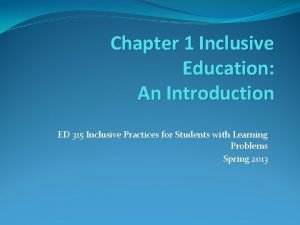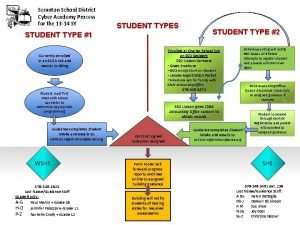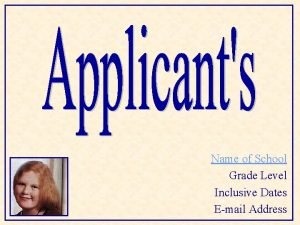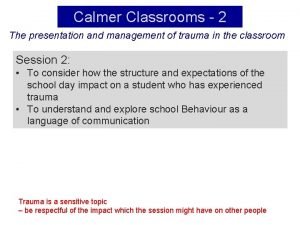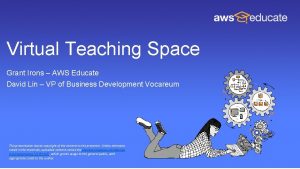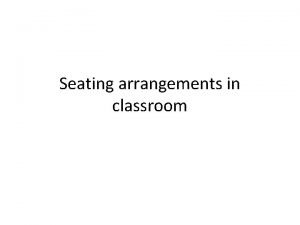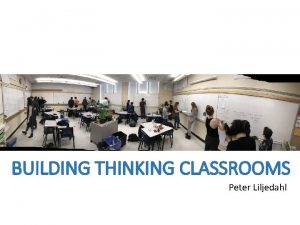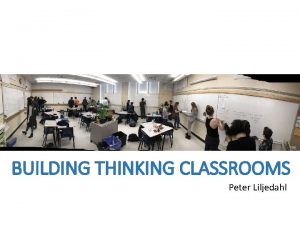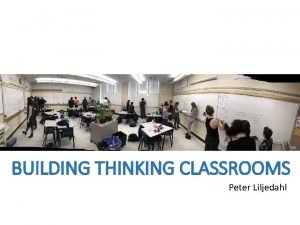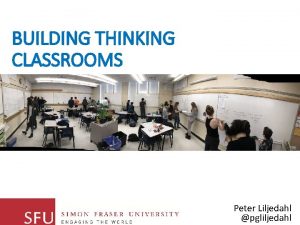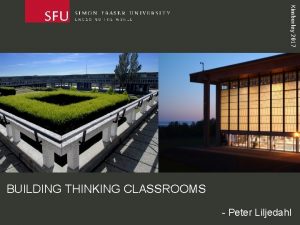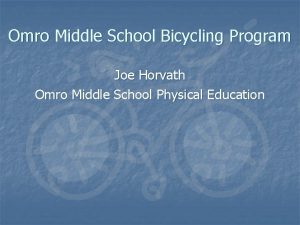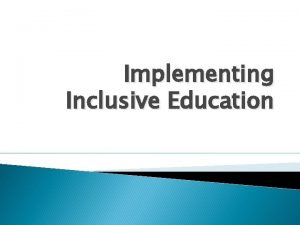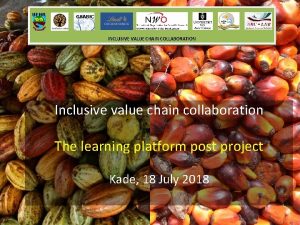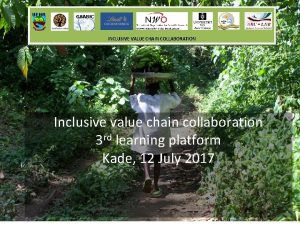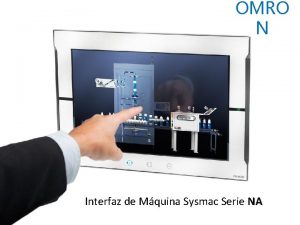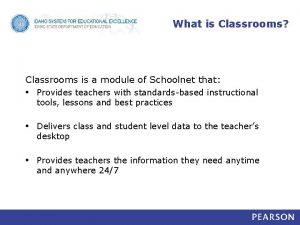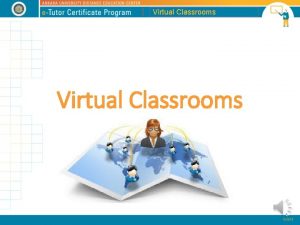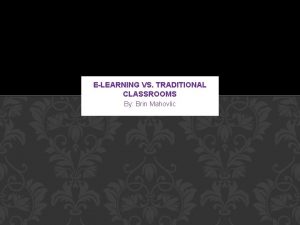Inclusive Classrooms School District of Omro Inclusion Inclusion














- Slides: 14

Inclusive Classrooms School District of Omro

Inclusion • Inclusion is a way of thinking. • Team approach to education. • It is a belief that all students, regardless of disability or ability, can learn from the school and classroom environment. – Causton-Theoharis, Julie

Examples of Supports Within Regular Education Listed from Most Intrusive to Least Intrusive (Adapted from Paraprofessional’s Guide to the Inclusive Classroom: Working As A Team (3 rd ed by M. B. Doyle 2008) Type of Support Definition Example Full physical Direct and physical assistance used to support a student Hand-over assistance while a student writes his or her name Partial physical Physical assistance provided for some of the total movement required for activity Putting a zipper into the bottom portion and beginning to pull it up; the student pulls the zipper the rest of the way. Modeling A demonstration of what the student is to do The teacher does an art project; the student uses the art project as a model Direct Oral information provided directly to the student “Josh, stand up now” Indirect verbal A verbal reminder that prompts the student to attend to or think about what is expected “Josh, what should happen next? ” Gesture A physical movement to communicate or accentuate a cue (ex: head nod, thumbs up, ear pull) Teacher point to the agenda written on board Natural Providing no cue; allowing ordinary cues that exist in the environment to help the student know what to do The bell rings for class. A message on chalkboard reads “turn to page 74”.

How Does One Find Out What Types of Learners Are In A Classroom • Special education teacher should provide list at start of year • All teachers working with special ed. student should have access to student’s IEP – Goals/Objectives – Supplemental aids – Modifications • State/District test results provide basic levels • Interest inventory • Cumulative file review • Portfolio

Example IEP Where to Look Click here to show example

Disabilities Types Click here to view

Gifted and Talented Pupils enrolled in public schools who give evidence of high performance capability in intellectual, creative, artistic, leadership, or specific academic areas and who need services or activities not ordinarily provided in a regular school program in order to fully develop such capabilities

Supplemental Aids Examples Click for Example One Click for Example Two Omro Examples

What Not To Do While Team Teaching In An Inclusive Setting • Don’t think that in order to be fair that all must be the same. • Don’t think it is solely the regular education teacher’s job to plan and instruct. • Don’t think a special education teacher should only work with special education kids within the room and regular education with regular education kids.

What To Do While Team Teaching In An Inclusive Setting • Work collaboratively between regular and special education to plan and teach lessons • Provide your expertise to make the learning environment successful for all. • Be willing to take the lead at times and be the supporter at others. • Be willing to work with all students within the room.

Co-Teaching Examples (Adapted from “Tips and Strategies for Co-Teaching at the Secondary Level” by W. Murawski and L. Kieker, 2004) If the Teacher is Doing This: You Can Be Doing This: Lecturing Model note-taking on the board, draw the ideas on the board, take notes on an overhead Taking Attendance Collect and review homework Giving directions Write the directions on the board so that all students have a place to look for the visual cues (To Do List) Providing large-group instruction Collect data on student behavior or make modifications for an upcoming lesson Giving a test Read the test to students who prefer to have the test read to them. Small-group instruction Also facilitate stations or group Involved Silent Reading Read aloud quietly with small group. Practice sight words oral reading practice. Teaching new concept Provide visuals or models to enhance the understanding of the whole group

Ingredients for a Successful Inclusive Experience • Find a common planning time. Make it a routine. • Stay open-minded and patient. It takes time to grow as a team. • Be a communicator with teachers, parents, and the students. • Discuss disagreements quietly and compliment success and hard work.

Reality of Inclusion • It takes a lot of hard work from all members involved • Finding time to plan can be very challenging • Keeping everyone challenged • Time restraints • Early grades have unidentified kids with special needs • Staying positive with all types of teachers

Questions? ? Acronym Descriptions Resources
 Critical dimensions of inclusive classrooms
Critical dimensions of inclusive classrooms Lodi summer school
Lodi summer school Iswk uniform
Iswk uniform Scranton school district cyber school
Scranton school district cyber school What is inclusive dates
What is inclusive dates Calmer classroom
Calmer classroom Aws vocareum
Aws vocareum Best classroom seating arrangement
Best classroom seating arrangement Position paper global classrooms
Position paper global classrooms Peter liljedahl thinking classrooms
Peter liljedahl thinking classrooms Peter liljedahl
Peter liljedahl Peter liljedahl thinking classrooms
Peter liljedahl thinking classrooms Peter liljedahl building thinking classrooms
Peter liljedahl building thinking classrooms Peter liljedahl building thinking classrooms
Peter liljedahl building thinking classrooms Bringing the universe to america's classrooms
Bringing the universe to america's classrooms
